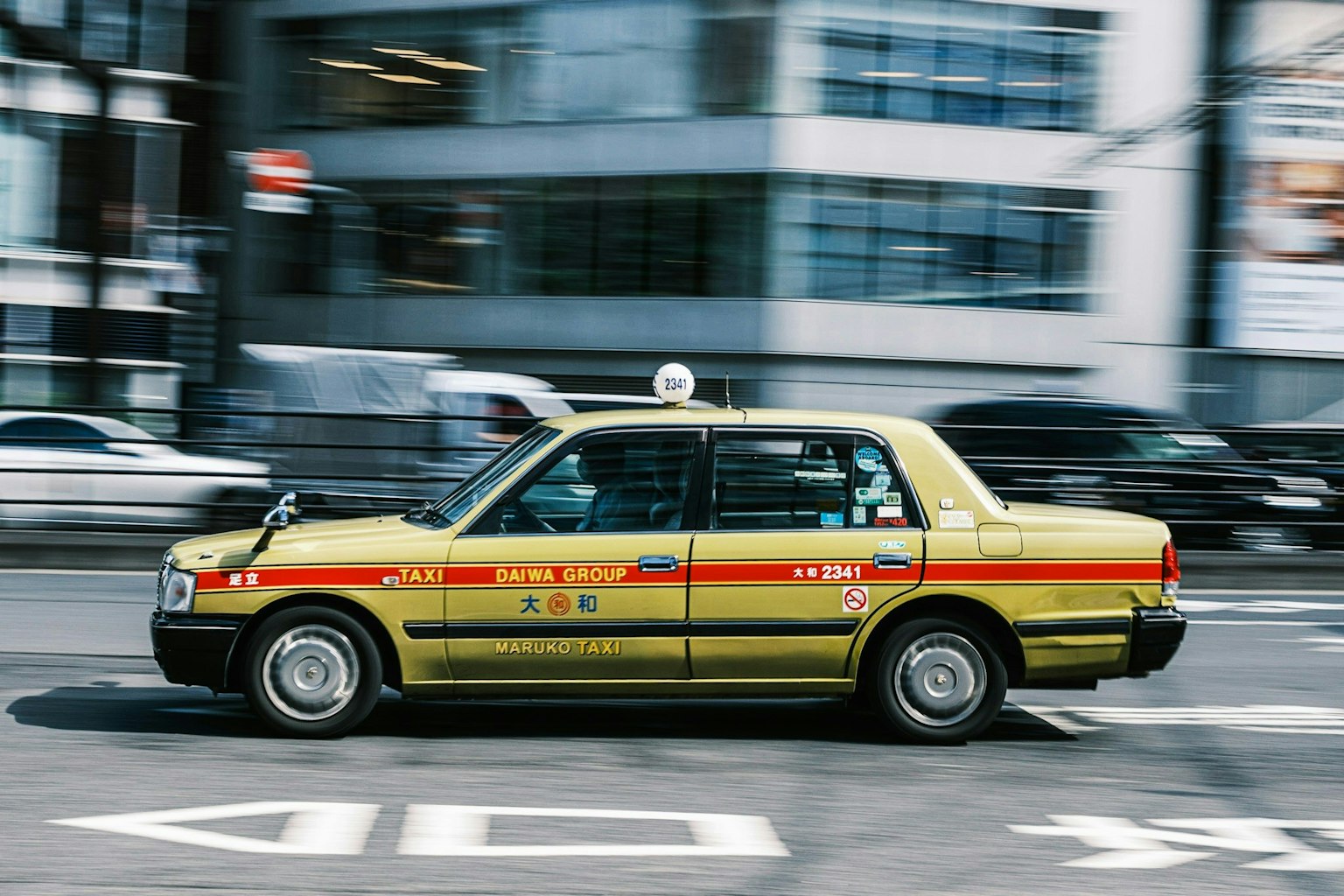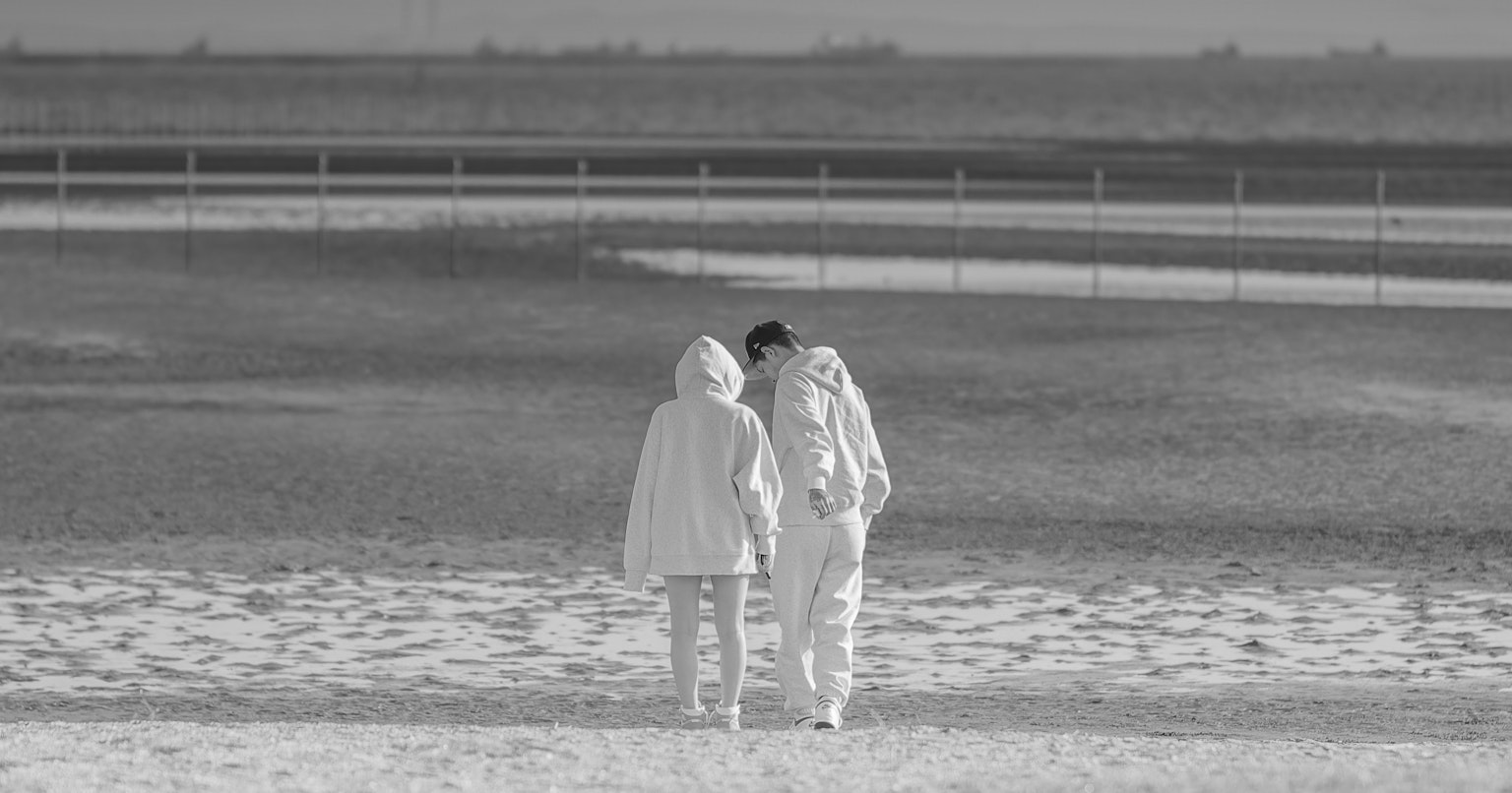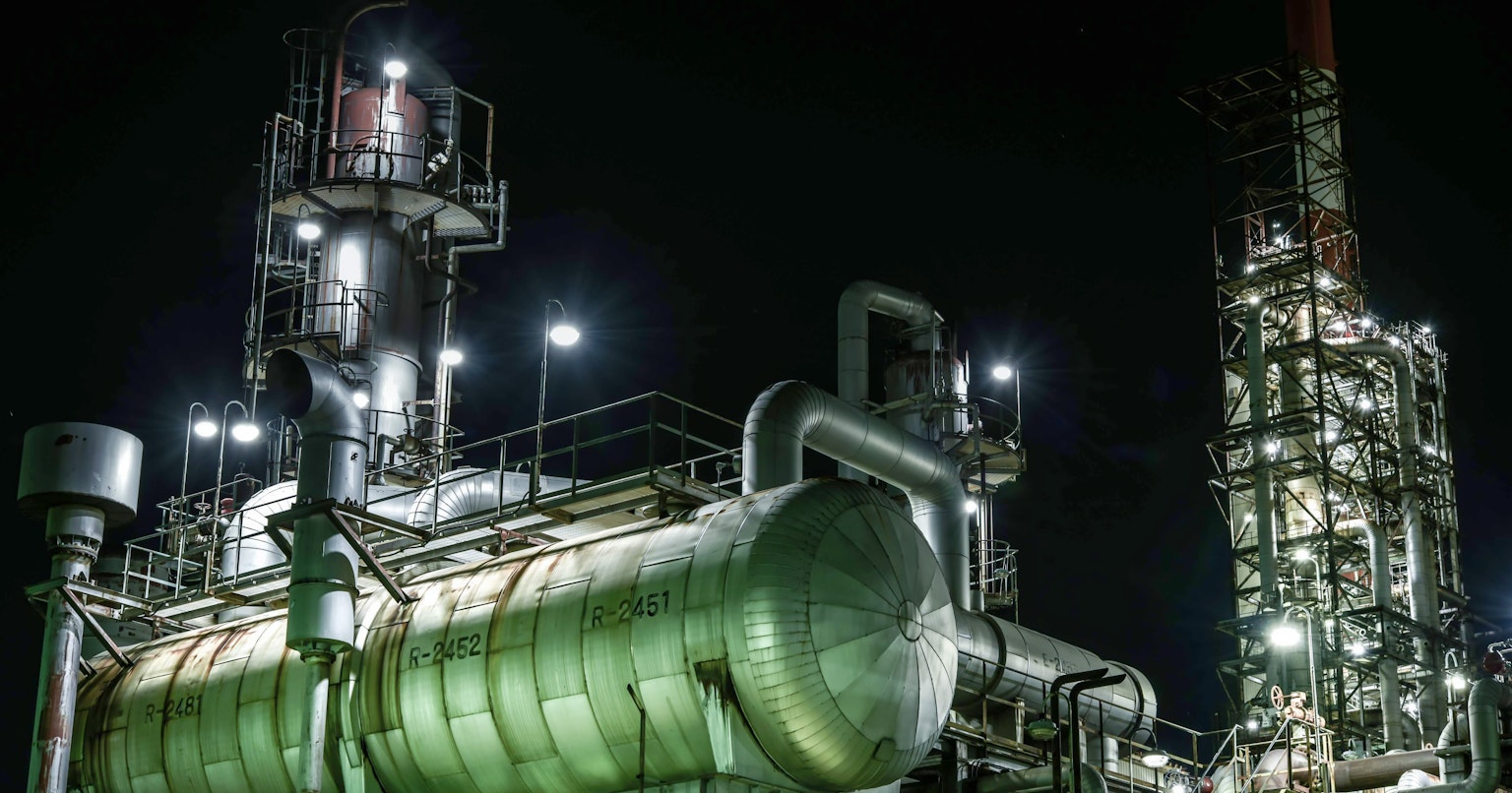
Cover image by Pojio
Choosing between a 'Full-Frame Sensor' and an 'APS-C Sensor' is a crucial decision for many photographers. Full-frame sensors are commonly used in professional cameras, allowing for high-quality photos due to their large sensor size. On the other hand, APS-C sensors enable more compact and lightweight camera bodies, making them particularly suitable for travel and everyday snapshots.
Each sensor has its unique advantages and disadvantages, allowing you to choose based on your needs. This article compares the characteristics of these two sensors to help you choose the right camera for you!
Differences Between the Two
The differences between full-frame sensors and APS-C sensors mainly lie in sensor size and its impact.
Sensor Size
A full-frame sensor is the same size as 35mm film (approximately 36mm x 24mm), while an APS-C sensor is smaller (approximately 22mm x 15mm) with a crop factor of about 1.5 to 1.6 times. This means that with the same lens, an APS-C sensor will capture a narrower field of view compared to a full-frame sensor.
Pixel Size and Image Quality
Full-frame sensors have larger pixels, allowing them to capture more light, resulting in images with less noise and a wider dynamic range. APS-C sensors have a higher pixel density, which can lead to increased noise in low-light conditions and a narrower dynamic range.
Crop Factor
The crop factor of an APS-C sensor provides a telephoto effect compared to full-frame when using the same focal length lens. For example, a 50mm lens on an APS-C sensor will have a field of view equivalent to approximately 75mm.
Depth of Field
Full-frame sensors can achieve a shallower depth of field (background blur), making them ideal for portrait photography where a beautifully blurred background is desired. APS-C sensors offer a wider depth of field, which is suitable for landscape photography or capturing multiple subjects clearly in one shot.

Image by masa
Image Quality and Performance of Full-Frame Sensors
The biggest advantage of full-frame sensors is their image quality and low-light performance. Due to their larger sensor size, they can capture more light, resulting in rich colors and detailed images. They also offer a wide dynamic range, producing excellent images even in scenes with significant contrast between light and dark.
Full-frame sensors truly shine in low-light environments such as night scenes or studio photography. However, this comes with the trade-off of higher camera costs and increased size and weight.

Image by maybwn
Price and Portability of APS-C Sensors
APS-C sensors are smaller than full-frame sensors, making the overall camera size and weight lighter and easier to carry. This makes them ideal for travel and everyday snapshot photography. Additionally, they are more affordable compared to cameras with full-frame sensors, making them an attractive option for beginners or photographers concerned with budget. Furthermore, the crop factor of APS-C sensors provides a telephoto effect, making them suitable for wildlife or sports photography.

Image by meme87_x
Which One is Right for You?
Ultimately, the right sensor for you depends on the scenes and purposes you are shooting. If you are seeking professional photography or higher image quality, a full-frame sensor is suitable. However, if you prioritize portability and cost-effectiveness for everyday shooting or travel, an APS-C sensor is ideal. Understanding the characteristics of both will help you choose the camera that best meets your needs, taking the first step toward capturing the best photos.



